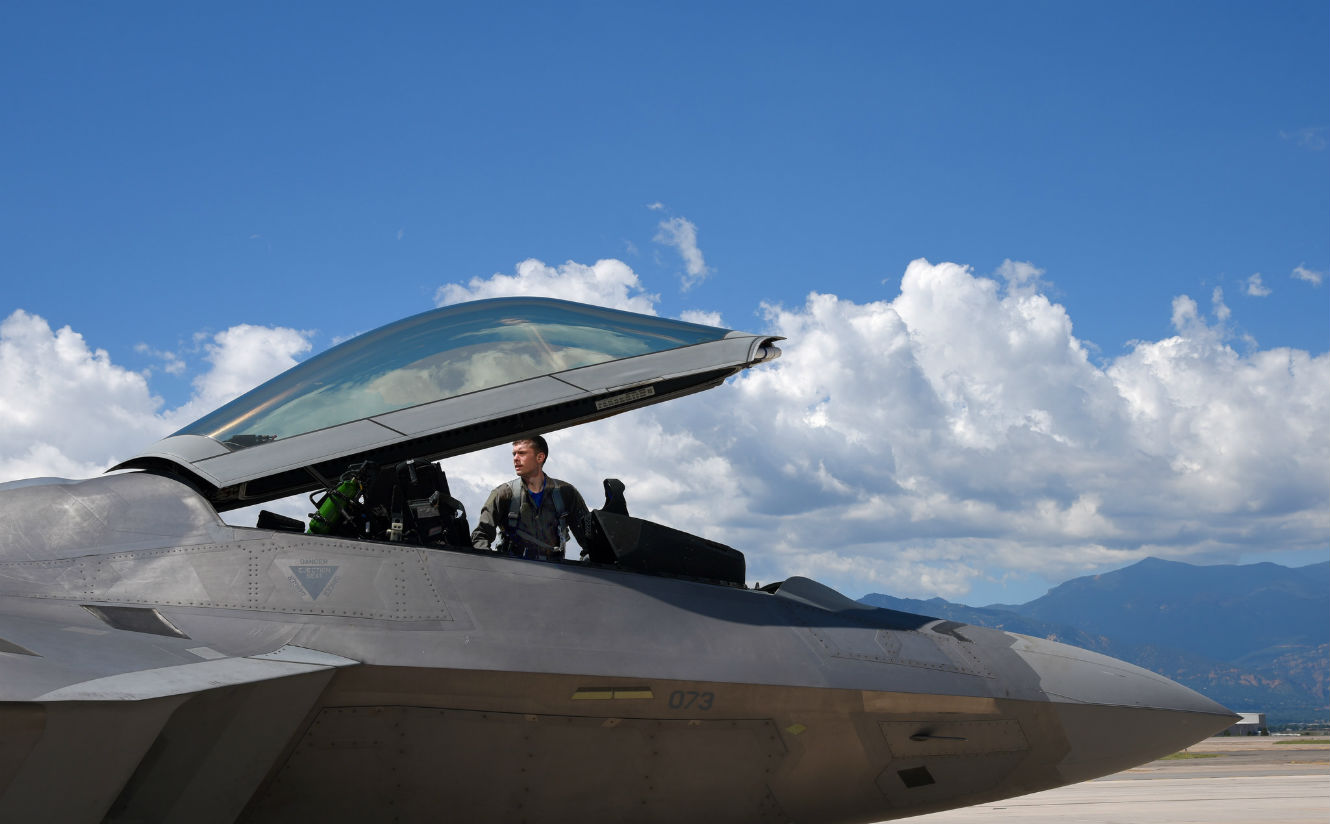SHANKAR ROYCHOWDHURY
The question is: how well prepared is India for cyber attacks on the note ban process?
“Rome was not built in a day. Otherwise we would have hired the contractor”
— The Chicago City Council, facing
questions on its road repair programme
India had a brief taste of some of the possible fallout during the recent rollout of “Arthakranti”, the multi-pronged strategy to unclog India’s economic arteries through a radical shock therapy of selective demonetisation of currency.
On December 31, 2016, Arthakranti completed its schedule of 50 days which the Prime Minister asked to implement in his dramatic appeal to the nation on November 8, 2016.
The gunsmoke is still drifting over the battlefield, and the jury on its final verdict is still out, but there seems to be a cautious current of tentative overall approval for the strategy, propounded by “Arthakranti”, a Pune-based think tank, and pushed by Prime Minister Narendra Modi himself almost as a personal “dharma yudh”.
















